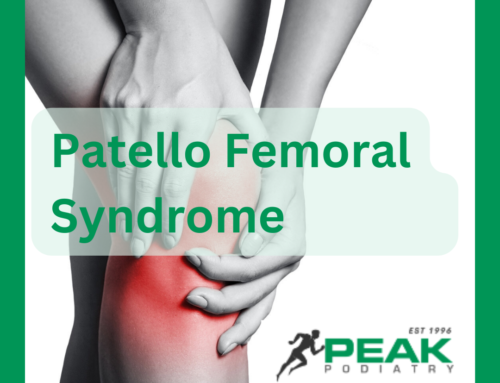In-toeing is a condition that many parents are concerned about in their child’s developing years. It is characterised by the feet turning inwards while standing, walking, or running, and is commonly referred to as being “pigeon toed”. In-toeing can be the result of many underlying causes.
My child has an unusual walking pattern, but I’m not sure if its normal or not?
It is estimated that 25-30% of children below the age of 6 will exhibit in-toeing and is generally accepted as part of normal development in children. To make matters more complicated, normative data suggests children 4-16 years of age have a large range of walking patterns, meaning that paediatric gait is highly variable.
But why does in-toeing occur?
Common reasons why in-toeing may occur is due to structural and developmental variations of the lower limb and can usually be attributed to:
- The skewing of the foot toward the midline of the body (Metatarsus adductus)
- Inward rotation of the shin bone (internal tibial torsion)
- Inward rotation of the thigh bone (femoral anteversion)
When considering all this information, when is it appropriate to seek advice from a health care professional?
In general, it is considered normal if in-toeing is symmetrical and painless and limited action should be taken to intervene.
However, if your child experiences asymmetries in walking, painful or achy lower limbs, reduced ability to keep up with peers and increased incidence of clumsiness or tripping we recommend seeking assessment to establish cause and if potential interventions are necessary.
What are the intervention options?
There are numerous interventions that can be used when treating in-toeing and depending on cause, these can be:
- Strengthening of hip external rotators
- Stretches targeting the internal rotators of the hip
- Orthotic devices aiding the position of the feet to influence lower limb position
- Footwear modifications
In severe cases, a referral to an orthopaedic surgeon may be recommended if conservative treatments have failed.
It is important to understand in-toeing is commonly a benign and developmental norm and should not lead to concern, and treatment is not always required in most cases.
If you have any concerns, it is always best to be assessed by a podiatrist to be sure that it isn’t a case that needs further intervention.








Leave A Comment